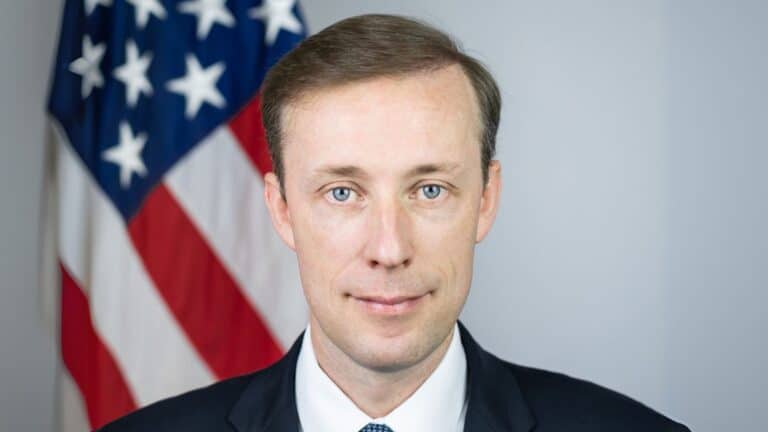This website uses cookies as well as similar tools and technologies to understand visitors’ experiences. By continuing to use this website, you consent to Columbia University’s usage of cookies and similar technologies, in accordance with the Columbia University Website Cookie Notice.
America’s Path to Net Zero: Deploying Clean Technology
Guest
Sally Benson
Deputy Director for Energy and the Chief Strategist for the Energy Transition, White House Office of Science and Technology Policy
Clean energy technology deployment will play a major role in meeting the Biden administration’s “net zero by 2050” goal. To stay on target, America will need to shore up clean energy supply chains, reduce the cost of existing technologies, and fund innovation for up and coming solutions – like carbon capture and storage and fusion energy.
The Energy Team at the White House Office of Science and Technology Policy (OSTP) is a driving force behind these efforts. With its expertise in policy and science, the team helps develop innovation priorities that facilitate a swift, equitable energy transition.
So what is the strategy for deploying the clean energy technology needed to meet net zero goals? What is the timeline for emerging technologies? And how does the OSTP’s Energy Team plan to make the transition equitable?
This week host Bill Loveless talks with Sally Benson about the OSTP’s history as an innovation engine, and its current role in meeting net zero by 2050 goals.
Sally is the deputy director for energy and the chief strategist for the energy transition at OSTP. She helps oversee the Net Zero Game Changers Initiative, which funds innovation in clean energy technologies for building heating and cooling, aviation, nuclear fusion, and other areas. Sally joined the Biden administration as the Precourt Family Professor of Energy Resources Engineering at Stanford University. She has also held various positions at the Lawrence Berkeley National Laboratory.
More Episodes
The Nexus of Climate Policy and National Security
As President Biden’s national security advisor, Jake Sullivan laid out a strategy for what he called a “foreign policy for the middle class.” Using the metaphor of a...

Trade War Turbulence and Clean Energy
It’s hard to overstate how consequential President Trump’s “Liberation Day” tariffs have been for American economic policy. While the administration has paused the steep reciprocal tariffs it announced...

Front Lines of the Energy Transition
In energy policy circles, the word “resilience” often refers to future-proof systems or infrastructure designed for the transition away from fossil fuels. But resilience means something different to...

Europe’s Energy Trilemma
The European Union’s energy landscape is transforming rapidly, as the bloc works to reduce emissions, lower energy prices, and decrease dependence on Russian fuel—three goals proving to be...

Relevant
Publications
Energy Abundance Alone Won’t Fix the Climate
Energy abundance isn't a climate strategy—it delays clean energy progress, harms global cooperation, and repeats past policy mistakes.

Energy and Climate Issues During the Trump Administration’s First 100 Days
President Donald Trump has made energy a clear focus for his second term in the White House. Having campaigned on an “America First” platform that highlighted domestic fossil-fuel growth, the reversal of climate policies and clean energy incentives advanced by the Biden administration, and substantial tariffs on key US trading partners, he declared an “energy emergency” on his first day in office.

What Trump Can Do to Reverse US Climate Policy − and What He Probably Can’t Change
While he hasn’t released an official plan, Trump’s playbook the last time he was in office and his frequent complaints about clean energy offer clues to what’s ahead.


